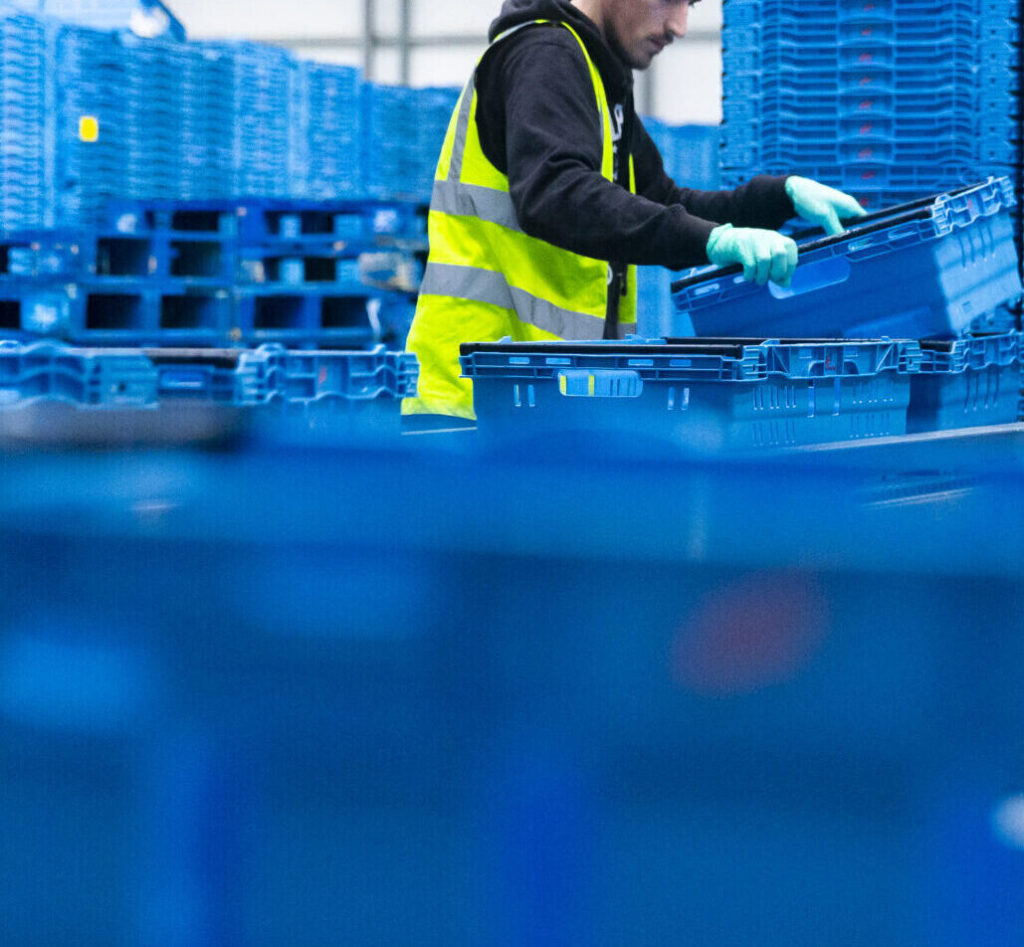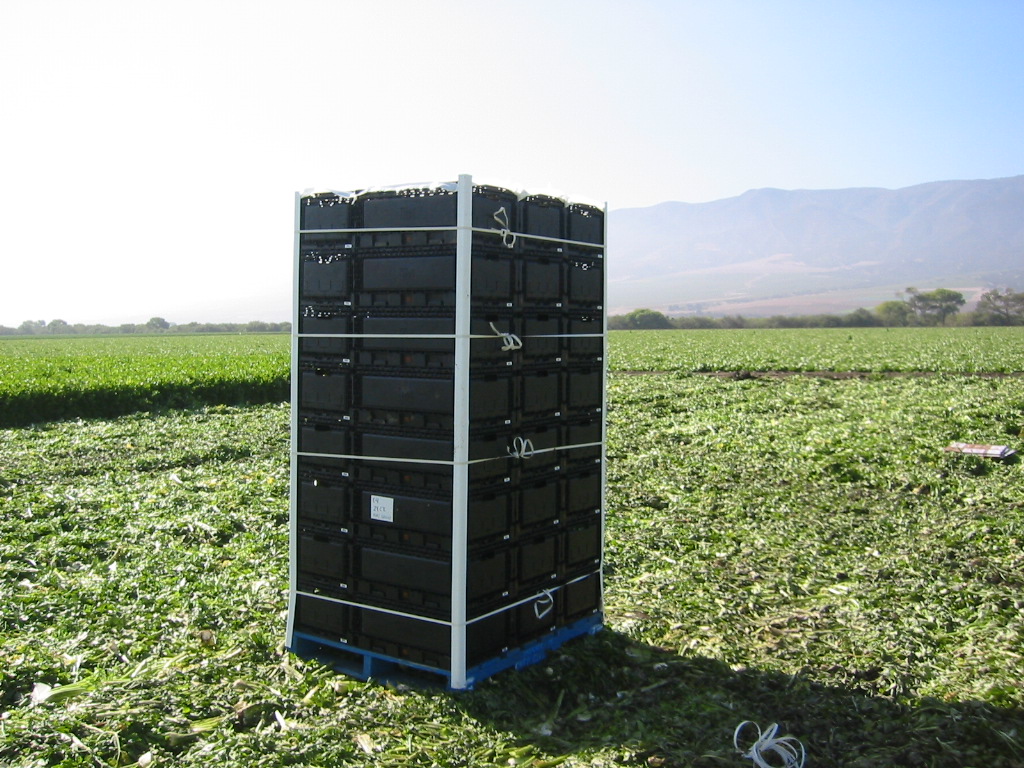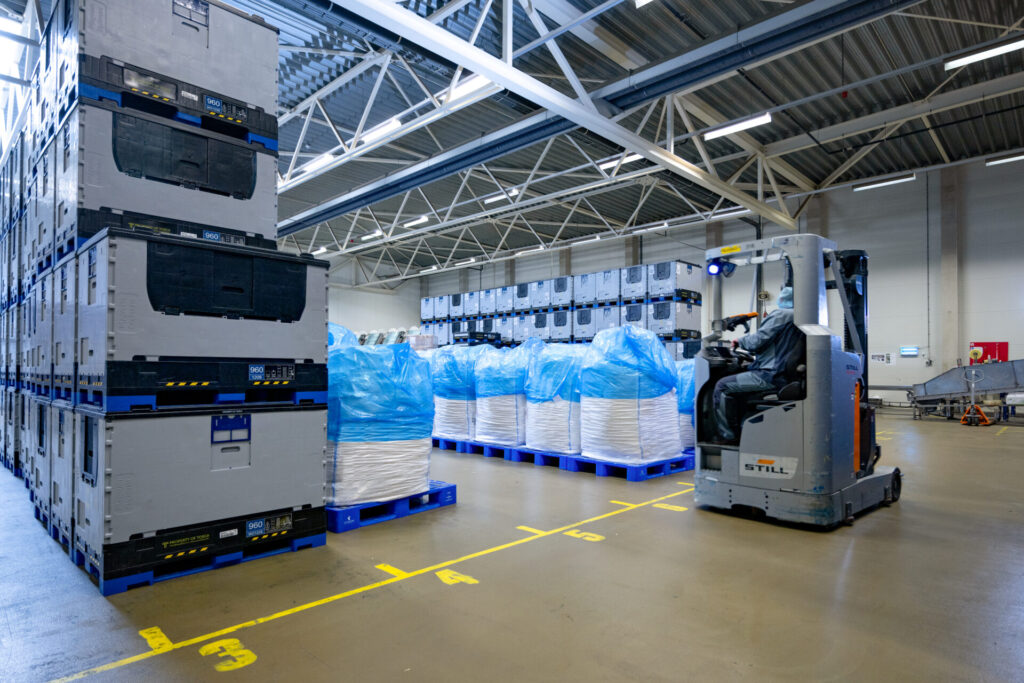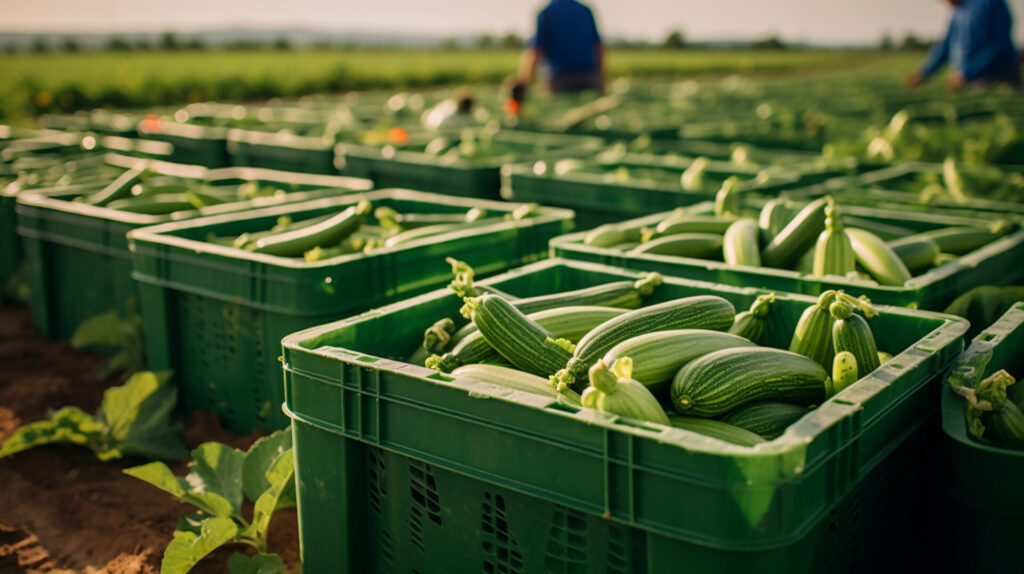
Warum Tosca wählen?
Steigern Sie die Effizienz Ihrer Lieferkette, schützen Sie die Produktqualität und fördern Sie die Nachhaltigkeit mit Toscas Lösungen für wiederverwendbare Verpackungen und einer vertrauensvollen Partnerschaft.
ERKUNDEN SIE IHRE VORTEILE

Mit unserer internen F&E und Produktion sind wir führend in der Entwicklung von wiederverwendbaren Verpackungen und Innovationen in der Lieferkette.

Erreichen Sie Ihre Nachhaltigkeitsziele, indem Sie CO2-Emissionen, Wasserabfall und den Verbrauch fossiler Brennstoffe reduzieren.

Entdecken Sie, wie Toscas Expertensupport Ihre Lieferkette optimieren kann.

Erfahren Sie, wie Toscas Pooling-Modell Ihre Lieferkette für reibungslose Abläufe optimiert.
Spotlight-Dienste

Mit Tosca wählen Sie genau die Lösung, die am besten zu Ihnen passt.
Wir bieten flexible Optionen, um Behälter ganz nach Ihren Anforderungen zu kaufen, zu mieten oder als Service zu nutzen.
KERN-DIENSTLEISTUNGEN
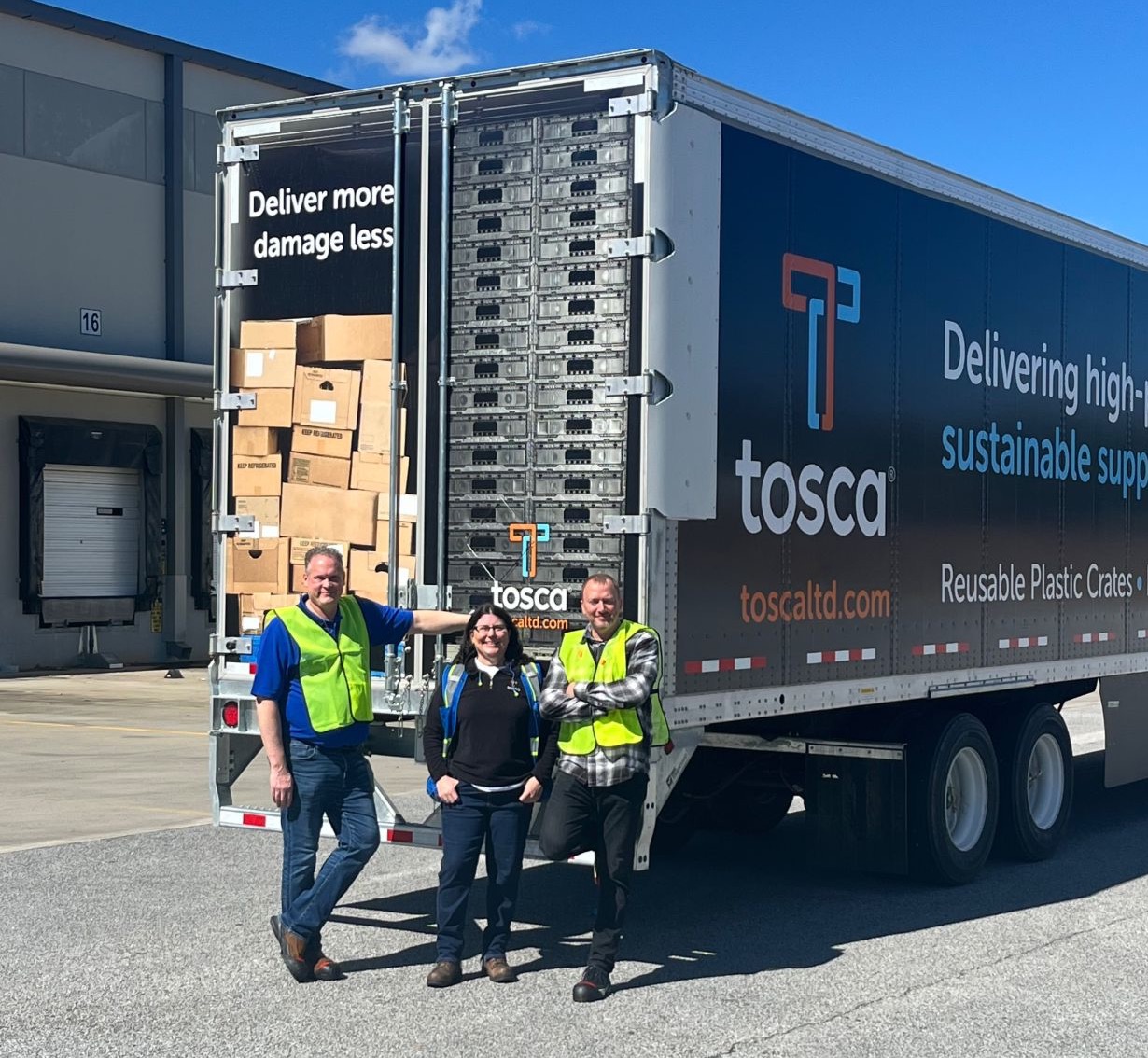
Warum Tosca wählen?
Erfahren Sie, warum führende Einzelhändler und Lieferanten weltweit auf Tosca setzen
Über uns

Entdecken Sie unsere über 60-jährige Geschichte, unsere Mission und unser Führungsteam.

Erkunden Sie unser globales Netzwerk und erhalten Sie Wegbeschreibungen.

Eine Karriere bei Tosca bedeutet, an vorderster Front der Nachhaltigkeit zu stehen. Bewerben Sie sich jetzt.
HERVORGEHOBENE RESSOURCE

Supply chain outlook: What to expect in near-future
Erfahren Sie, wie wiederverwendbare Kunststoffverpackungen die Einhaltung der neuen PPWR- und EU-Verpackungsvorschriften unterstützen.

Warum Tosca wählen?
Steigern Sie die Effizienz Ihrer Lieferkette, schützen Sie die Produktqualität und fördern Sie die Nachhaltigkeit mit Toscas Lösungen für wiederverwendbare Verpackungen und einer vertrauensvollen Partnerschaft.
ERKUNDEN SIE IHRE VORTEILE

Mit unserer internen F&E und Produktion sind wir führend in der Entwicklung von wiederverwendbaren Verpackungen und Innovationen in der Lieferkette.

Erreichen Sie Ihre Nachhaltigkeitsziele, indem Sie CO2-Emissionen, Wasserabfall und den Verbrauch fossiler Brennstoffe reduzieren.

Entdecken Sie, wie Toscas Expertensupport Ihre Lieferkette optimieren kann.

Erfahren Sie, wie Toscas Pooling-Modell Ihre Lieferkette für reibungslose Abläufe optimiert.
Spotlight-Dienste

Mit Tosca wählen Sie genau die Lösung, die am besten zu Ihnen passt.
Wir bieten flexible Optionen, um Behälter ganz nach Ihren Anforderungen zu kaufen, zu mieten oder als Service zu nutzen.
KERN-DIENSTLEISTUNGEN

Warum Tosca wählen?
Erfahren Sie, warum führende Einzelhändler und Lieferanten weltweit auf Tosca setzen
Über uns

Entdecken Sie unsere über 60-jährige Geschichte, unsere Mission und unser Führungsteam.

Erkunden Sie unser globales Netzwerk und erhalten Sie Wegbeschreibungen.

Eine Karriere bei Tosca bedeutet, an vorderster Front der Nachhaltigkeit zu stehen. Bewerben Sie sich jetzt.
HERVORGEHOBENE RESSOURCE

Supply chain outlook: What to expect in near-future
Erfahren Sie, wie wiederverwendbare Kunststoffverpackungen die Einhaltung der neuen PPWR- und EU-Verpackungsvorschriften unterstützen.























